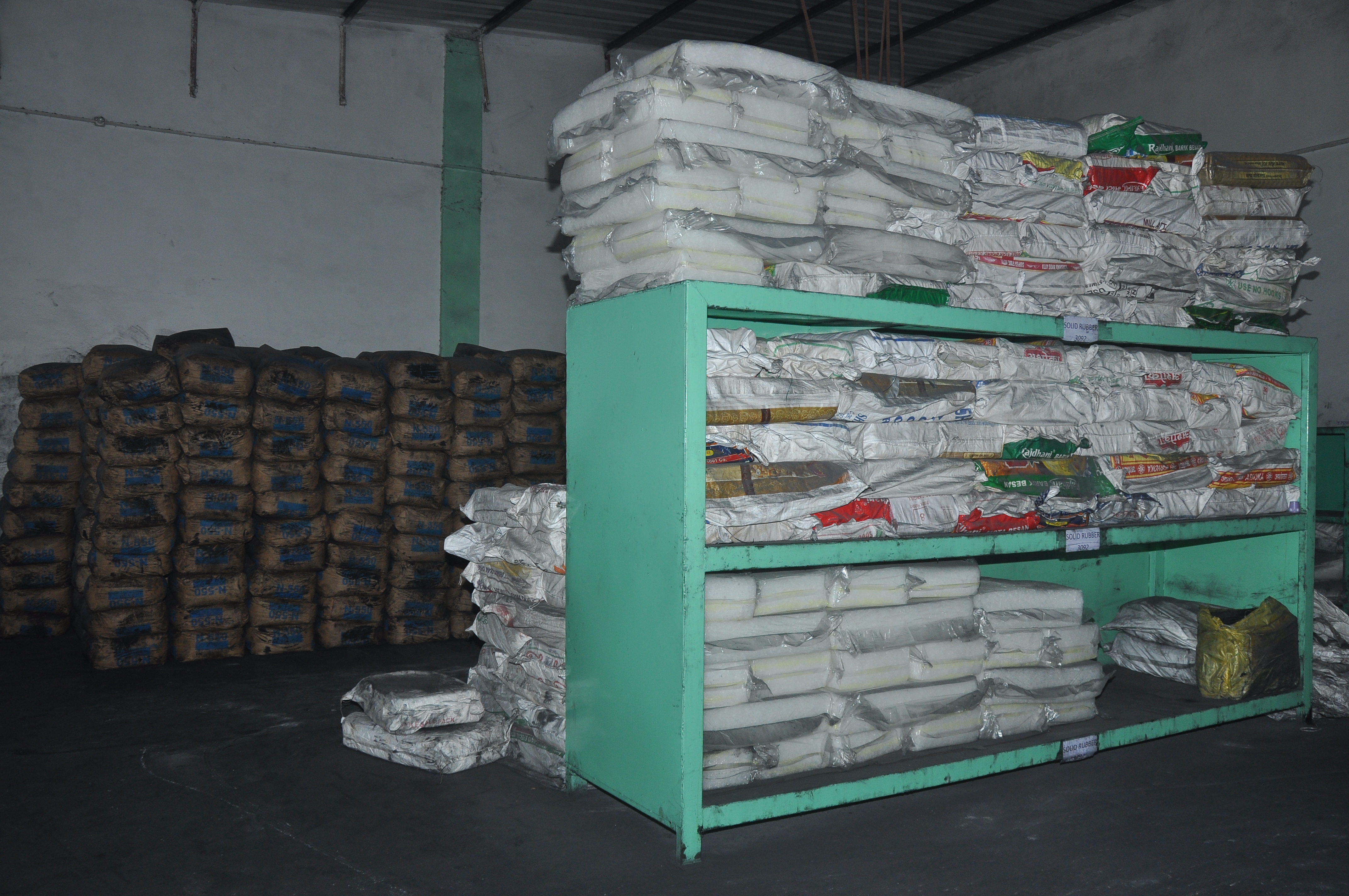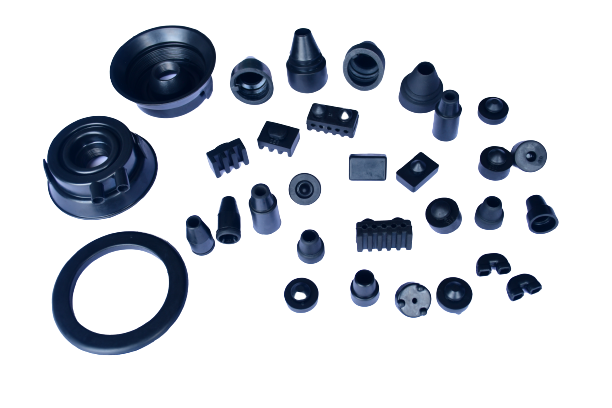Standard Rubber Products is an ISO 9001:2015 certified company established in 2006 with an experience in producing rubber seals for various industries including Automotive, Mass Transportation, Construction, Bus body builders, Refrigeration and Panel industry etc. The company specializes in manufacturing moulded and extruded rubber parts using materials such as EPDM, Neoprene, and Nitrile.
By fostering a culture of continuous improvement and operational excellence, we strive to maximize efficiency, reduce waste, and minimize our environmental impact. Through our unwavering commitment to quality, customer satisfaction, and ethical practices, we aspire to be the preferred choice for EPDM Rubber extrusion, driving growth and creating long-lasting partnerships with our valued customers.
Standard Rubber Products offers a comprehensive range of premium engineered mechanical seals and sealing support systems. With our state-of-the-art manufacturing facility, we ensure exceptional precision and consistent adherence to stringent production standards, delivering high-quality products that meet the needs of various industries.
0
Total Land
(sqm)
0
Build-up area
(sqm)
0 KVA
Power generation
(KVA)
0
Compounding
(metric tons annually)
Process & Infrastructure
Value Added Services
Frequently Ask Question
We are working mainly on four kind of rubbers/polymers.
1) EPDM
2) Neoprene
3) Nitrile
4) Natural rubber
Weather Strip , Door rubbers , window rubber , glass beading etc . • Co-extrusion with or without metal insert (Running Length &moulded)
- Single Extrusion (Running Length &moulded)
- Dense Products
- Cellular Products
- Flocked Products
- Moulded Rubber Products
- EPDM: -20˚C to +70˚C
- Neoprene: -20˚C to +90˚C
- Nitrile: -25˚C to +110˚C
- NR: -30˚C to +70˚C




